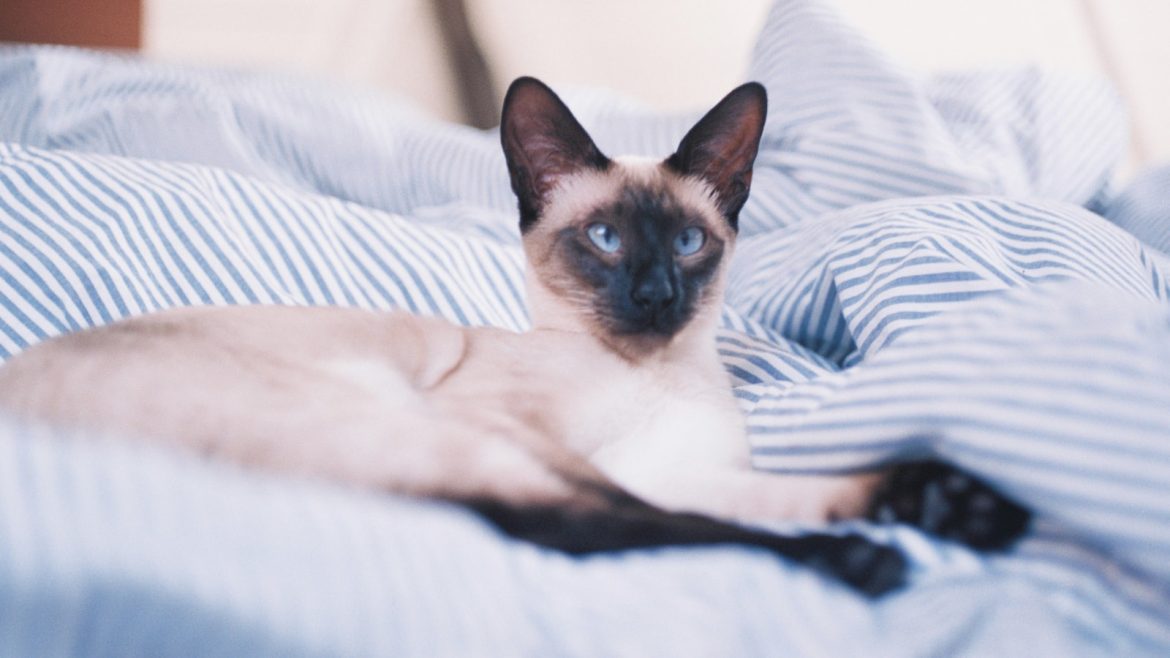Cats are mysterious creatures that have been domesticated for thousands of years. They are known for their independent nature, their love for napping, and their insatiable appetite for fish. But what do cats really need to stay healthy and happy? As a cat owner, it can be challenging to decode the nutritional needs of your feline friend. With so many options on the market, from wet to dry food, from grain-free to organic, it’s easy to get lost in the maze of cat food labels. In this article, we will explore the science behind cat nutrition and provide you with the tools to cater to your cat’s dietary needs. Whether you’re a new cat owner or a seasoned pro, this guide will help you make informed decisions about your cat’s diet. So, let’s dive into the world of cat nutrition and learn how to keep our furry friends healthy and happy.
1. Feline Feeding Frenzy: Understanding Your Cat’s Nutritional Needs
Feeding your cat is more than just filling up their bowl with kibble. Understanding your cat’s nutritional needs is essential to their overall health and well-being. Here are some key things to keep in mind when it comes to feline nutrition:
- Protein: Cats are obligate carnivores, meaning they require a diet high in animal protein. Look for cat food that lists a meat source as the first ingredient.
- Fat: Fat is an important source of energy for cats and helps keep their skin and coat healthy. Look for cat food that contains healthy fats like omega-3 and omega-6 fatty acids.
- Carbohydrates: While cats don’t require carbohydrates in their diet, they can be a good source of energy. Look for cat food that contains complex carbohydrates like brown rice or sweet potatoes.
It’s also important to pay attention to your cat’s individual needs. Factors like age, activity level, and health conditions can all impact their nutritional requirements. Talk to your veterinarian about the best diet for your cat and make sure to read food labels carefully to ensure you’re providing them with a balanced and nutritious diet.
2. From Kibble to Canned: Navigating the World of Cat Food
When it comes to feeding your feline friend, there are a variety of options available on the market. From kibble to canned, it can be overwhelming to navigate the world of cat food. Here are some things to consider when choosing the best option for your cat.
Firstly, it’s important to understand the nutritional needs of your cat. Cats are obligate carnivores, meaning they require a diet high in protein and fat. Look for cat food that lists meat as the first ingredient and avoid those with fillers such as corn or wheat. Additionally, consider your cat’s age and activity level when choosing the appropriate food. Kittens and active cats may require more calories and protein than senior or less active cats. Finally, consult with your veterinarian to ensure your cat is receiving all the necessary nutrients for optimal health.
3. Purr-fectly Balanced: Crafting a Nutritious Diet for Your Feline Friend
When it comes to crafting a nutritious diet for your feline friend, it’s important to strike a balance between their nutritional needs and their taste preferences. Here are some tips to help you create a purr-fectly balanced diet for your furry companion:
– Start with high-quality protein: Cats are obligate carnivores, which means they need a diet that’s high in animal protein. Look for cat food that lists a high-quality protein source, such as chicken, turkey, or fish, as the first ingredient. Avoid foods that contain fillers like corn or wheat, which don’t provide much nutritional value.
– Add some healthy fats: Fats are an important part of a cat’s diet, providing energy and helping to maintain healthy skin and coat. Look for foods that contain healthy fats like omega-3 and omega-6 fatty acids, which can be found in fish oil, flaxseed, and chicken fat. Just be careful not to overdo it, as too much fat can lead to weight gain and other health problems.
In addition to protein and fat, your cat’s diet should also include a balance of carbohydrates, vitamins, and minerals. Look for cat food that’s been formulated to meet the nutritional needs of cats at different life stages, from kittens to seniors. And don’t forget to provide plenty of fresh water, as cats can be prone to dehydration. With a little bit of research and some careful planning, you can create a nutritious and delicious diet that will keep your feline friend happy and healthy for years to come. In conclusion, understanding your cat’s nutritional needs is crucial for their overall health and well-being. By decoding their dietary requirements, you can ensure that your feline friend receives the necessary nutrients to thrive. Remember to consult with your veterinarian and choose high-quality cat food that meets your cat’s specific needs. With a little extra effort and attention, you can provide your cat with a balanced and nutritious diet that will keep them happy and healthy for years to come.

